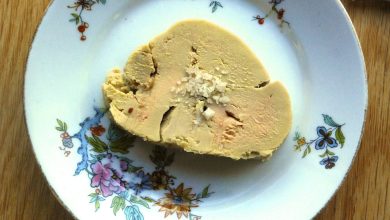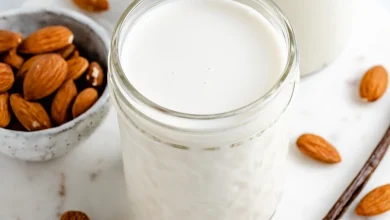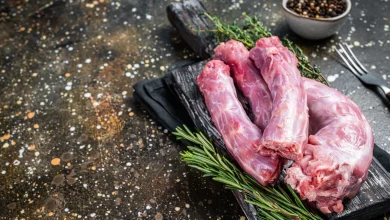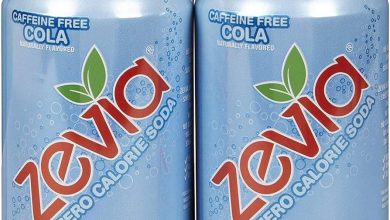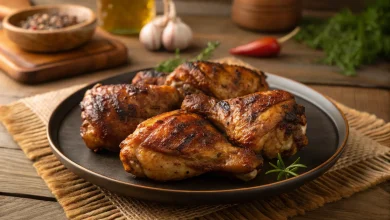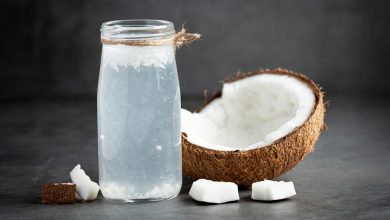Whitefish (Mixed Species, Cooked, Dry Heat)
Whitefish is a highly nutritious and versatile seafood option, often praised for its delicate texture and mild flavor. This fish variety, when prepared using dry heat cooking methods, such as grilling or baking, retains its nutrients and provides a wholesome addition to any meal. Below is a comprehensive breakdown of its nutritional profile, which makes it an excellent choice for those looking to incorporate lean protein into their diet.
Nutritional Information (per 100g serving)
| Nutrient | Amount |
|---|---|
| Energy | 172.0 kcal |
| Protein | 24.47 g |
| Total Fat | 7.51 g |
| Saturated Fat | 1.162 g |
| Carbohydrates | 0.0 g |
| Fiber | 0.0 g |
| Sugars | 0.0 g |
| Calcium | 33.0 mg |
| Iron | 0.47 mg |
| Magnesium | 42.0 mg |
| Phosphorus | 346.0 mg |
| Potassium | 406.0 mg |
| Sodium | 65.0 mg |
| Zinc | 1.27 mg |
| Copper | 0.092 mcg |
| Manganese | 0.086 mg |
| Selenium | 16.2 mcg |
| Vitamin C | 0.0 mg |
| Thiamine (Vitamin B1) | 0.171 mg |
| Riboflavin (Vitamin B2) | 0.154 mg |
| Niacin (Vitamin B3) | 3.846 mg |
| Vitamin B6 | 0.346 mg |
| Folate (Vitamin B9) | 17.0 mcg |
| Vitamin B12 | 0.96 mcg |
| Vitamin A | 39.0 mcg |
| Vitamin E | 0.0 mg |
| Vitamin D2 | 0.0 mcg |
Allergen Information
Whitefish, like all fish, is a known allergen and should be avoided by individuals with fish allergies. If you are uncertain about any food sensitivities or allergies, it’s always important to consult with a healthcare professional before consuming any seafood.
Dietary Preferences
Whitefish, especially when cooked using dry heat methods like grilling, roasting, or baking, can fit into various dietary preferences. It is a great source of high-quality lean protein, making it suitable for:
- Low-fat diets: With only 7.51 grams of fat per 100g, it’s a heart-healthy choice.
- High-protein diets: Offering 24.47 grams of protein per serving, it is an excellent option for muscle building and repair.
- Paleo and Keto diets: With no carbohydrates or sugars, whitefish fits well into both paleo and ketogenic diets.
- Low-carb diets: Its lack of carbs makes it a perfect protein option for those watching their carbohydrate intake.
- Gluten-free diets: Naturally gluten-free, whitefish is safe for individuals with gluten sensitivities or celiac disease.
Cooking Tips and Advice
When preparing whitefish, dry heat methods such as baking, grilling, or broiling are ideal for preserving its delicate flavor while retaining maximum nutrients. For a simple yet delicious meal, lightly season the fish with herbs and spices such as dill, parsley, lemon zest, and garlic, then bake it in the oven or grill it on the barbecue.
- Grilled Whitefish: Marinate the fish in a lemon and olive oil dressing for 15–30 minutes before grilling. This method enhances the fish’s natural flavors while keeping it tender.
- Baked Whitefish: Season with salt, pepper, and your choice of herbs. Baking at a moderate temperature (around 350°F or 175°C) for 12–15 minutes ensures a moist, flavorful result.
- Pan-Seared Whitefish: For a crispy exterior, sear the fish in a hot pan with a small amount of olive oil or butter, cooking for about 2–3 minutes on each side.
Additionally, pairing whitefish with roasted vegetables, a fresh salad, or a quinoa side dish creates a balanced and healthful meal that is both satisfying and nutrient-rich.
Conclusion
Whitefish, particularly when cooked using dry heat methods, is a nutritious and versatile protein choice. Whether you’re looking to boost your protein intake, maintain a healthy heart, or enjoy a low-fat meal, whitefish offers a wealth of essential nutrients, including high-quality protein, vitamins, and minerals, all while being incredibly low in carbohydrates and sugars. With its mild flavor and numerous health benefits, it makes for a fantastic addition to a variety of diets, from low-carb to gluten-free to paleo. Enjoy this fish as part of a well-rounded, nutritious meal, and savor its deliciously light texture and subtle taste.




